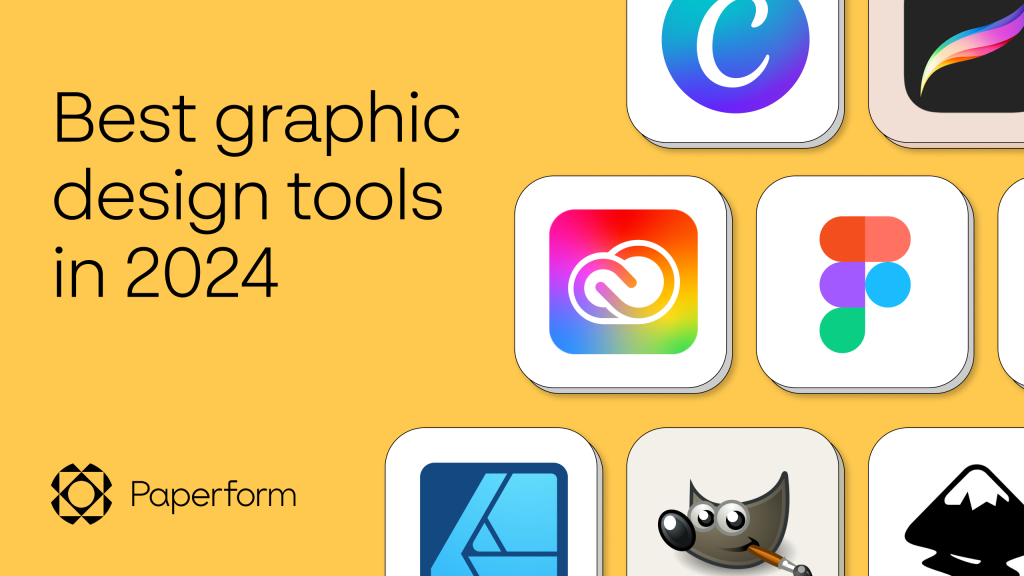
Design Software A Creative Toolkit for the Modern World
Design software has revolutionized the way we create, visualize, and communicate ideas. From architects and engineers to graphic designers and artists, these tools have become indispensable in various fields. In this exploration of design software, we’ll delve into the key categories, popular applications, and trends shaping the future of this dynamic digital realm.
Core Categories of Design Software
Design software encompasses a wide range of tools, each catering to specific needs and disciplines. Here are some of the core categories:
- Graphic Design Software: Used for creating visual elements such as logos, illustrations, and layouts. Popular examples include Adobe Photoshop, Illustrator, and Affinity Designer.
- CAD Software: Computer-Aided Design software employed in architecture, engineering, and manufacturing. Popular examples include AutoCAD, SolidWorks, and Revit.
- 3D Modeling Software: Used for creating three-dimensional models for animation, gaming, and product design. Popular examples include Blender, Maya, and ZBrush.
- Image Editing Software: Used for manipulating and enhancing digital images. Popular examples include Adobe Photoshop, GIMP, and Affinity Photo.
- Vector Graphics Software: Used for creating scalable graphics that can be resized without losing quality. Popular examples include Adobe Illustrator, Inkscape, and Affinity Designer.
- UI/UX Design Software: Used for designing user interfaces and user experiences for websites, apps, and other digital products. Popular examples include Figma, Sketch, and Adobe XD.
Popular Design Software Applications
- Adobe Creative Suite: A comprehensive suite of design tools, including Photoshop, Illustrator, InDesign, Premiere Pro, and After Effects.
- Autodesk Software: A wide range of CAD and 3D modeling software, including AutoCAD, Revit, Maya, and 3ds Max.
- CorelDRAW: A popular vector graphics software used for creating logos, illustrations, and layouts.
- Blender: A free and open-source 3D creation suite used for modeling, animation, rendering, and compositing.
- Figma: A cloud-based design tool popular for UI/UX design and collaboration.
- Sketch: A popular vector graphics software primarily used for UI/UX design.
Key Features and Benefits
Design software offers a wide range of features and benefits that can enhance creativity and productivity. Some of the key features to consider include:
- Vector Graphics: The ability to create scalable graphics that can be resized without losing quality.
- 3D Modeling: The capability to create three-dimensional models for animation, gaming, and product design.
- Raster Graphics: The ability to work with pixel-based images and apply various effects.
- Layer-Based Editing: The ability to work with multiple layers, allowing for more complex designs and easier editing.
- Plugins and Extensions: The ability to extend the functionality of design software through plugins and extensions.
- Collaboration Tools: Features that enable designers to collaborate with others, such as real-time editing and cloud-based storage.
Trends Shaping the Future of Design Software
As technology continues to evolve, so too does the landscape of design software. Several trends are shaping the future of this dynamic field:
- Artificial Intelligence: AI is being integrated into design software to automate tasks, generate creative ideas, and improve design workflows.
- Augmented Reality (AR) and Virtual Reality (VR): Design software is being used to create AR and VR experiences, opening up new possibilities for visualization and interaction.
- Cloud-Based Design: Cloud-based design tools are becoming increasingly popular, allowing designers to collaborate remotely and access their projects from anywhere.
- Subscription-Based Models: Subscription-based models are becoming more prevalent in the design software industry, offering users access to a suite of tools for a recurring fee.
The Impact of Design Software on Society
Design software has had a profound impact on society, enabling us to create innovative products, communicate ideas effectively, and express our creativity. From architecture and engineering to advertising and entertainment, design software has played a vital role in shaping the modern world. As technology continues to advance, we can expect to see even more exciting developments in the field of design software.




